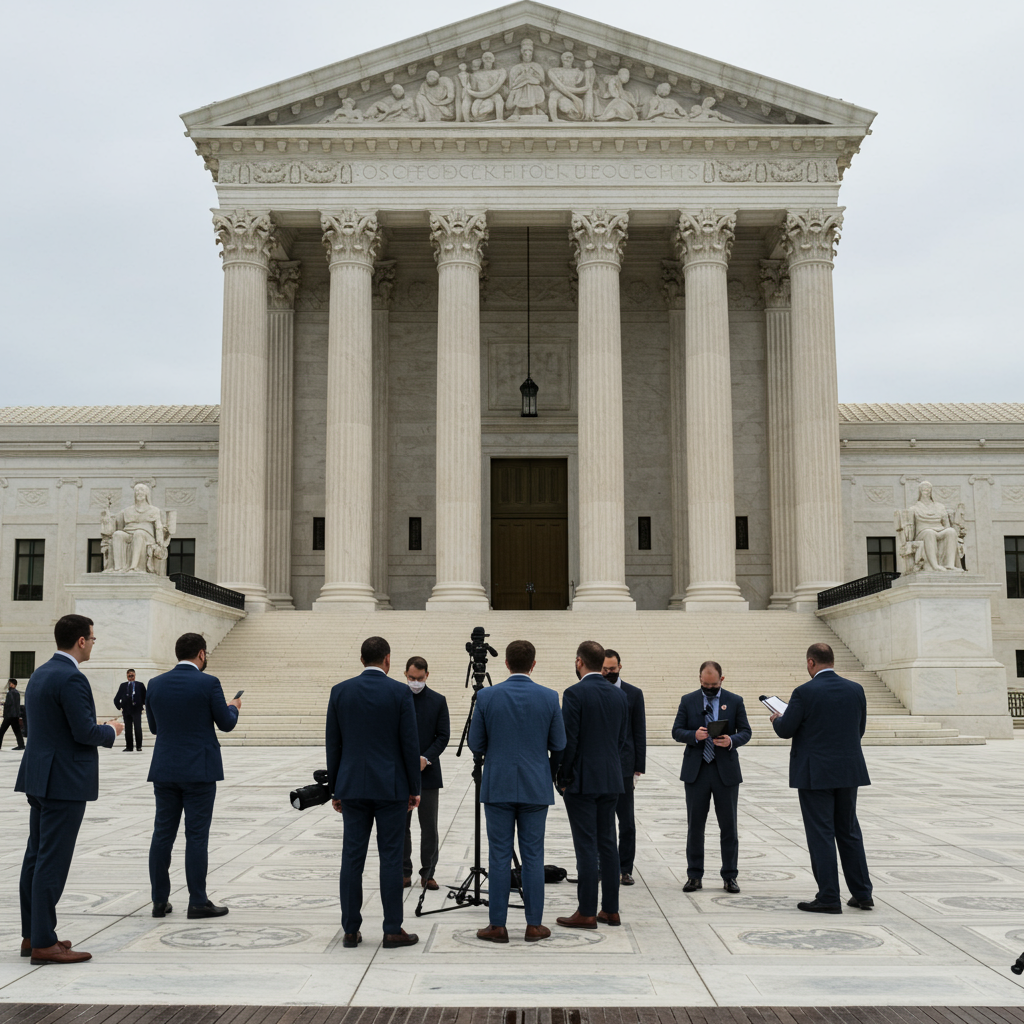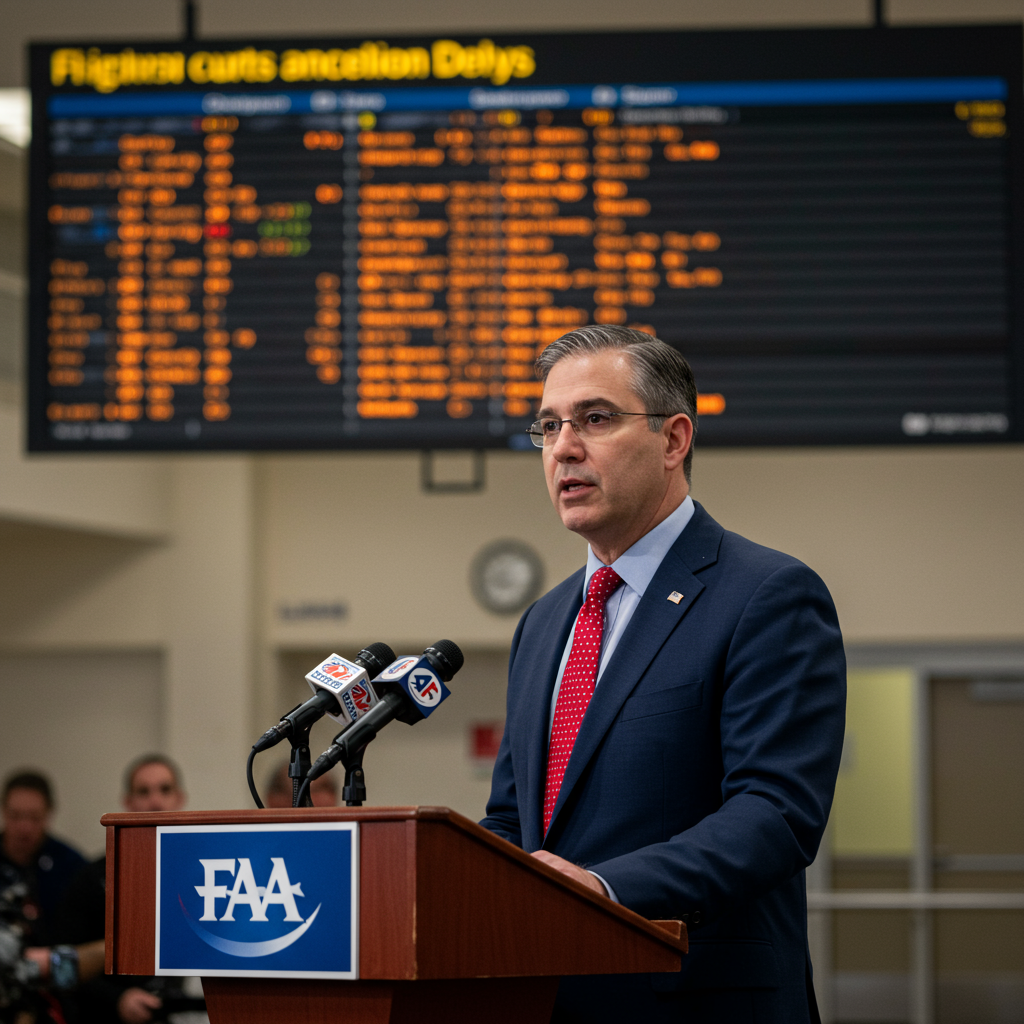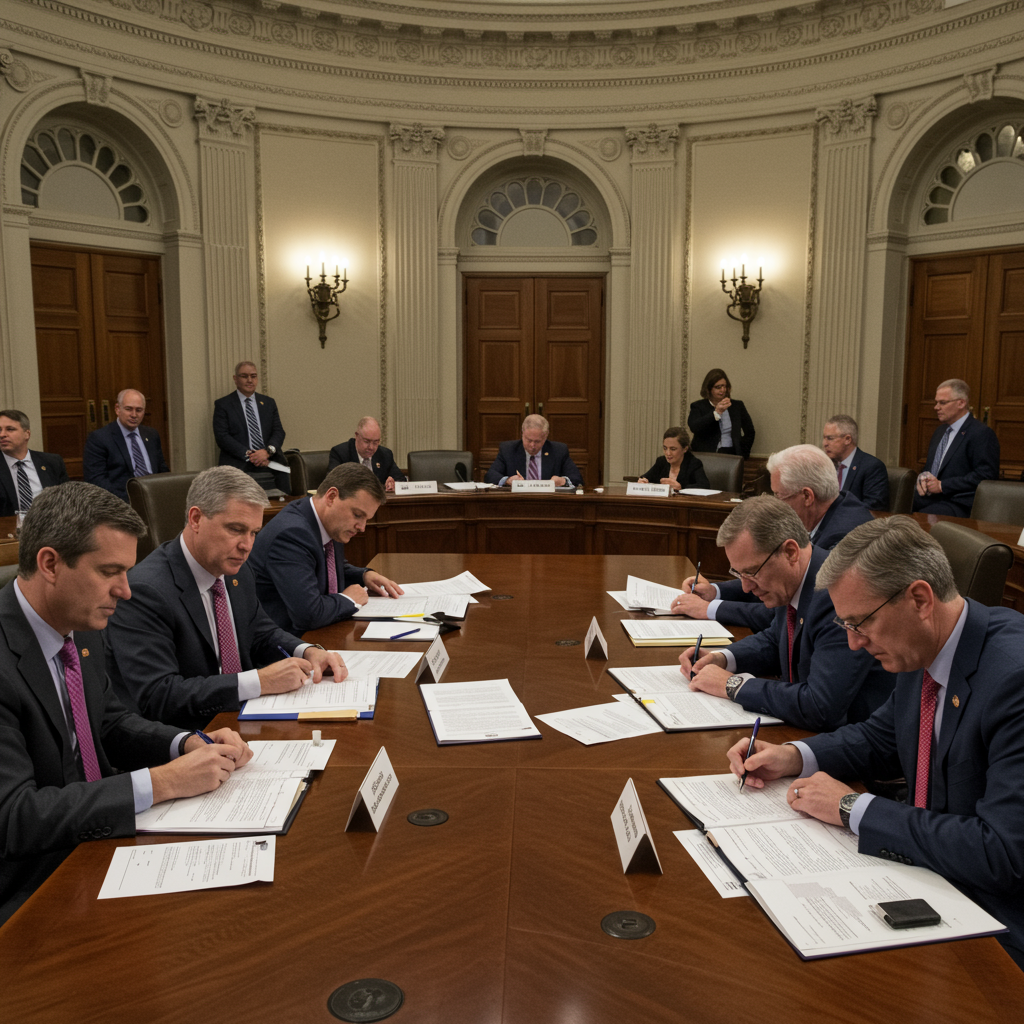The Supreme Court recently delivered a significant ruling impacting the power of federal judges to block executive actions nationwide. While the case was tied to a challenge against a presidential executive order concerning birthright citizenship, the high court’s decision primarily addressed the scope of judicial remedies, particularly the controversial practice of issuing nationwide injunctions.
This ruling represents a notable victory for the administration, which has long criticized the use of broad court orders that halt policies across the entire country based on a single judge’s decision. However, legal experts emphasize that the decision does not resolve the underlying constitutional question of birthright citizenship itself. Instead, it shifts the landscape for how future challenges to executive policies may be pursued in the federal courts.
Understanding the Supreme Court’s Decision
In a 6-3 decision primarily along ideological lines, the Supreme Court signaled a clear preference for limiting the use of nationwide injunctions. These orders, sometimes called “universal injunctions,” have been employed by lower courts to halt federal policies everywhere in the United States, regardless of where the lawsuit was filed or who the specific plaintiffs are.
Justice Amy Coney Barrett authored the majority opinion. She suggested that while a court can issue an injunction sufficient to provide “complete relief” to the successful plaintiff, nationwide injunctions are generally not the favored or typical remedy. This guidance is poised to reshape how judges consider the scope of their orders when reviewing challenges to federal actions.
The Shift Away from Nationwide Injunctions
For years, presidents from both parties have voiced concerns about the rise of nationwide injunctions. Critics argue that these orders allow individual district court judges, of whom there are over 1,000 across the country, to effectively block a policy for the entire nation. This raises issues of judicial overreach and potentially encourages “judge shopping,” where plaintiffs seek out a court perceived as most sympathetic to their case.
The recent ruling indicates the Supreme Court agrees with some of these criticisms. By limiting the ability of judges to issue these broad orders, the Court has made it procedurally more difficult for opponents of an administration’s policies to achieve immediate, nationwide relief. This procedural change is significant for the executive branch, potentially allowing policies to remain in effect in some jurisdictions even while being challenged elsewhere.
Why This Was Seen as a Win for the Administration
The ruling is widely interpreted as a win for the current administration, which has faced numerous nationwide injunctions against its policies. Actions on issues ranging from immigration enforcement under the Alien Enemies Act to transgender service in the military have previously been temporarily blocked by such orders. The President described the outcome as “an amazing decision” and one he was “very happy about.”
While the ruling doesn’t validate the policies themselves, it removes one of the most powerful tools lower courts have used to quickly halt their implementation across the country. This could allow challenged policies to take effect, at least in some areas, while legal battles unfold.
The Unresolved Question of Birthright Citizenship
Crucially, the Supreme Court’s decision did not rule on whether President Trump’s executive order attempting to limit birthright citizenship is constitutional. The case, Trump v. CASA, involved a challenge to this order, but the Supreme Court addressed only the procedural question of the injunction’s scope, not the substantive legality of the order itself.
Legal scholars widely view attempts to end or significantly alter birthright citizenship via executive action as unconstitutional under the 14th Amendment. This amendment states that “all persons born or naturalized in the United States, and subject to the jurisdiction thereof, are citizens of the United States.” Lower courts had already found the administration’s order likely unconstitutional.
The 14th Amendment and Judicial Interpretation
The consensus among most legal experts is that the 14th Amendment’s language broadly guarantees citizenship to those born within the U.S., with a narrow exception historically understood not to apply to the children of most foreign nationals residing in the country. Any executive action aiming to change this fundamental principle faces significant constitutional hurdles.
The Supreme Court explicitly sidestepped this core constitutional issue in the CASA ruling. Therefore, the legality of the birthright citizenship executive order remains an open question for lower courts to decide, or potentially for the Supreme Court to take up in a future case specifically addressing the merits.
Paths Forward: Class Actions and State Challenges
Despite the limitations placed on nationwide injunctions, opponents of challenged policies still have avenues to seek broad relief. One key path highlighted by the Court is through class-action lawsuits. In a class action, a plaintiff sues on behalf of a larger group of similarly situated individuals. If successful, the relief granted can apply to the entire class, effectively achieving an outcome similar to a nationwide injunction, albeit with additional procedural requirements.
Indeed, groups challenging the birthright citizenship order quickly moved to file new or amended class-action lawsuits following the ruling. Attorneys noted that this approach could protect all individuals affected by the policy nationwide.
Additionally, the Supreme Court’s opinion left room for states to continue challenging federal policies and potentially seek broad relief. Nearly two dozen states had argued that a patchwork approach to birthright citizenship would be unworkable, making a nationwide block necessary to avoid chaos in administering services and tracking residency. Justice Barrett’s opinion noted that an injunction could be wide enough for “complete relief,” and lower courts will now need to assess if this argument justifies a broad order in cases brought by states. State attorneys general involved in the birthright citizenship case indicated they would continue pressing this argument in lower courts.
Broader Implications and Judicial Philosophy
This ruling fits into a pattern for the Supreme Court’s current term, which has seen several significant decisions favoring the executive branch’s position in challenges to its authority. This follows a previous term where the Court ruled presidents have presumptive immunity from criminal prosecution for actions taken in office.
The focus on limiting nationwide injunctions reflects a broader debate among legal conservatives about the proper role and power of the federal judiciary. While the immediate impact benefits the current administration, the principle established could also constrain future administrations, regardless of party.
Concerns Raised by Dissenting Justices
The Supreme Court’s three liberal justices strongly dissented from the ruling, expressing alarm about its potential consequences. Justice Sonia Sotomayor argued the decision enables “executive lawlessness” and hampers the courts’ ability to effectively block unconstitutional policies while challenges are ongoing. She described the ruling as a move to “bypass the Constitution.”
Justice Ketanji Brown Jackson, in a separate dissent, warned that if courts cannot stop unlawful executive actions, “executive power will become completely uncontainable.” She characterized the decision as an “existential threat to the rule of law.” These dissents underscore the deep philosophical divide on the Court regarding the balance of power between the executive and judicial branches.
The Debate Over Judicial Power and “Complete Relief”
A key tension in the debate is how judges can provide adequate remedies without overstepping their authority. The majority’s emphasis on “complete relief” suggests that in some circumstances, a broad injunction might still be necessary. For instance, if a policy’s effects are truly impossible to contain geographically or procedurally, a judge might still be able to issue an order that prevents the harm nationwide for the affected parties or class.
This nuance means the practical outcome of the ruling will heavily depend on how lower courts interpret and apply the “complete relief” standard and weigh arguments like the states’ claim of unworkability for a patchwork system. The debate over whether limiting injunctions is a technicality or a fundamental shift in judicial power will continue to play out in courtrooms across the country.
Frequently Asked Questions
How did the Supreme Court decision limit judge’s power?
The Supreme Court ruling primarily limited the ability of federal district court judges to issue “nationwide injunctions.” These orders previously allowed a single judge to block a federal policy from taking effect anywhere in the United States. The Court’s majority indicated that while judges can issue orders providing “complete relief” to a successful plaintiff, nationwide injunctions should generally be rare or limited in scope compared to past practices.
Does this ruling end birthright citizenship in the US?
No, the Supreme Court’s decision did not address the constitutionality of birthright citizenship itself or whether President Trump’s executive order challenging it is legal. The ruling focused strictly on the procedural question of how widely a judge can block a federal policy (the scope of injunctions). The issue of birthright citizenship under the 14th Amendment remains unresolved by this specific case.
What legal ways remain to challenge executive policies after this ruling?
Even with limits on nationwide injunctions, opponents can still challenge executive policies in court. Key avenues include pursuing class-action lawsuits, where relief can be sought for a large group of affected individuals nationwide. States can also continue to challenge policies, arguing that they need a broad injunction to receive “complete relief” due to a policy’s widespread impact or the unworkability of a limited injunction.
This shift means future challenges may involve more complex procedural steps to achieve broad relief compared to simply obtaining a nationwide injunction from one court.
The Supreme Court’s ruling on nationwide injunctions marks a significant procedural development in the ongoing dynamic between the executive and judicial branches. While providing a boost to the administration by curtailing a key tool for immediately blocking policies nationwide, it leaves the underlying legal questions – including the constitutional status of birthright citizenship – for future battles in lower courts and potentially back before the justices. The path forward for challenging executive actions will likely involve increased reliance on class actions and state-led litigation, forcing courts to grapple with the definition of “complete relief” in a post-nationwide injunction landscape.
Word Count Check: 1108



